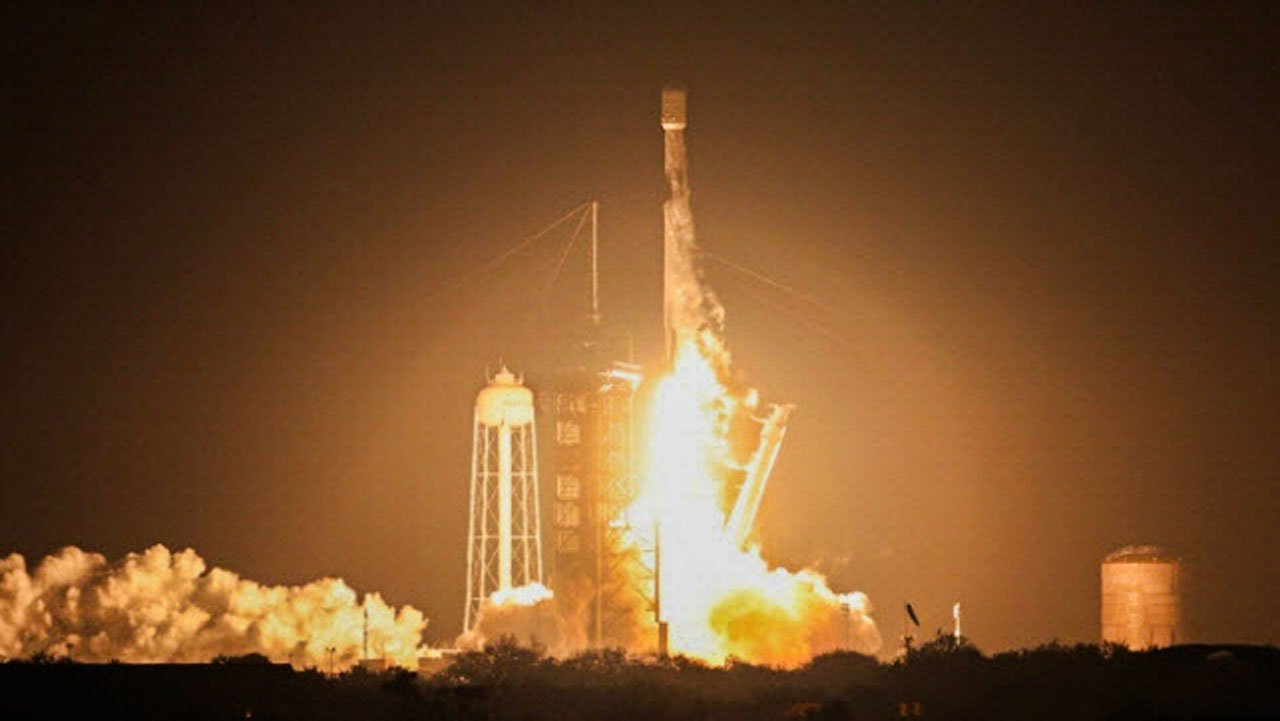US Odysseus Successfully Lands On The Moon First Private Sector

“Welcome to the Moon” US Odysseus successfully lands on the moon… First private sector. The unmanned spacecraft ‘Odysseus’ launched by the American space company Intuitive Machines succeeded in making a soft landing on the surface of the moon for the first time in world history.
According to Reuters on the 22nd (local time), the National Aeronautics and Space Administration (NASA) announced that Odysseus successfully made a soft landing near the Malapert A crater, about 300 km from the south pole of the moon, at 6:23 this evening. “We can confirm without a doubt that our equipment is on the lunar surface,” said Tim Crane, chief technology officer at Intuitive Machines (CT0).
However, the signal is still weak, so Odysseus’ exact location and condition are not known. Because of this, it is unclear whether Odysseus will be able to complete all his missions, including scientific experiments, as is. Odysseus was launched from Kennedy Space Center in Florida on the 15th and entered lunar orbit the morning before.
This is the first time a private spacecraft has safely landed on the moon. For the United States as a whole, it is significant that lunar exploration has resumed for the first time in 52 years since Apollo 17 in 1972. NASA Director Bill Nelson said, “America has returned to the moon for the first time in half a century,” and added, “Today is a day that shows the power and potential of partnerships between NASA and the private sector.” Last month, Peregrine, launched by Astrobotic, another American space company, failed to land on the moon due to a fuel leak problem.
With the success of Odysseus’ landing, the ‘Artemis Project’, a lunar exploration project led by the United States, is also expected to gain momentum. The United States and other countries plan to establish a permanent base on the moon in the late 2020s through the Artemis plan, but this requires a smooth ‘Civilian Lunar Payload Transport Service’ (CLPS). NASA paid $120 million (about 160 billion won) to Intuitive Machines to demonstrate CLPS.
Recently, major countries are engaged in a ‘moon exploration race’. The Japan Aerospace Exploration Agency (JAXA) succeeded in landing the lunar probe Slim on the moon last month. In particular, Slim was able to reduce the landing error from the target point to 55m. China also plans to launch the unmanned probe Chang’e 6 toward the far side of the moon in May. China’s plan is to establish a research base at the lunar south pole in 2028 and send a manned spacecraft to the moon in 2030.
See More:
New York Stock Market Started Higher On Nvidia’s 15% Surge
Iran Provides 400 Ballistic Missiles To Russia, Concerns About Damage To Ukraine
‘Apple’s Shadow’ Cast Over the Faltering Foldable Phone Market in 2024




Leave a Comment